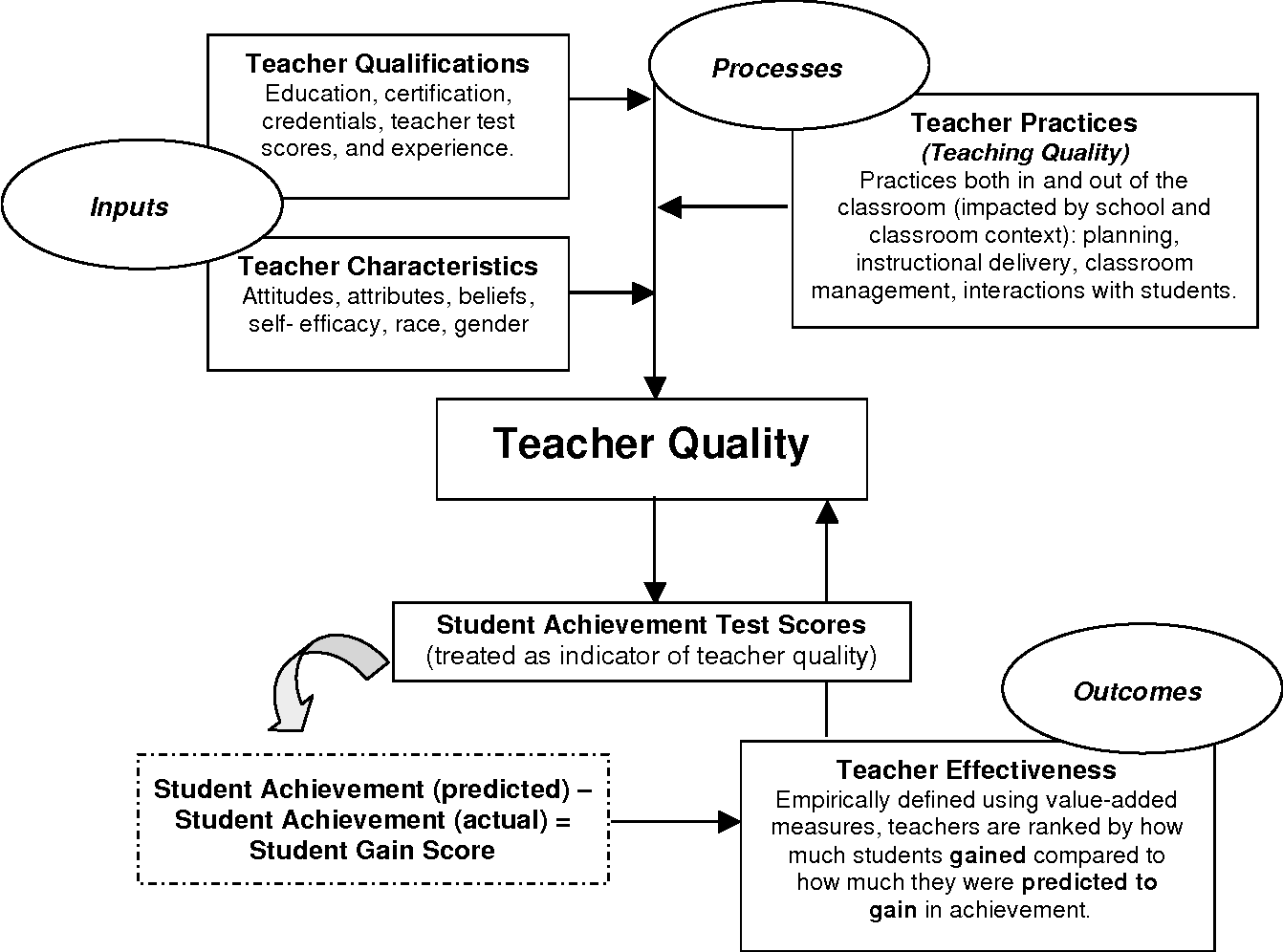Aha! in Action!
Ms. Marks has seven years professional teaching experience in private and charter schools, in New York City, and in Houston, Texas. Ms. Marks wrote about her Aha! experience with a sophomore writer. Marks states, “I observed an Aha! moment that changed the way I view introverts and challenged my beliefs about the speed with which students can progress academically and behaviorally.” The student she refers to transferred into this high school after the beginning of the school year, and the student came with a reputation for being, “a stereotypical jock and a weak, ‘lazy’ student.” The student performed quite poorly in class and was improperly developing his writing style, “dump[ing] quotations into his paragraphs without any context, his analysis was superficial, and his syntax simple and repetitive.” Ms. Marks offered much written feedback, but despite her efforts, nothing appeared to be working. Like many teachers, Ms. Marks admitted that, “it didn't seem like I could reach him.”
When working with this student a bit later into the term, Ms. Marks witnessed something remarkable. She writes,
I focused on one morsel of analysis and praised him for his unique insight into the text; then, I pressed him to go a little deeper. His face lit up – he “took the bait” and was now willing to partake in the Socratic process. His responses to my questioning absolutely blew me away. This kid was sharp and capable! He paused for a second, and said-- this thesis is not very good. And then he paused for a few more seconds and had his second light bulb moment-- he knew what his new thesis should be.
This Aha! moment was the beginning of a series of improvements this student made, each taking fundamental principals a bit further. Ms. Marks was eager to share that, “by the end of the year, he was performing at an A level and was one of my strongest writers!” The experiences of both student and teacher speak to important preconditions in this transformative experience. It is likely that as a new student to a school, beginning later in the year and not at an entry grade level, many insecurities prohibited this student from fully expressing their need and desire for assistance. Ms. Marks mentions stereotypes which suggest other teachers may have been dismissive of this student’s potential. What is interesting here is that Ms. Marks refused to see the situation in this manner, not allowing stereotypes or a student’s limited belief of themselves, to create the final outcome.
Ms. Marks continued to search for leverage, looking to find the special bait that might convert this student’s thinking and beliefs into something more. A morsel of success was met with praise, which allowed for inquiry to go deeper, an Aha! moment to be experienced, and the foundation for heartier Socratic questioning to develop into new patterns of behavior and success to emerge. Note here the teacher’s belief throughout that this student was fully capable to meet the challenge of the class, and yet something more was necessary to truly spark the inner genius of this student.
What’s your Aha!?! Share below and maybe your remarkable story will be featured in a future post.




